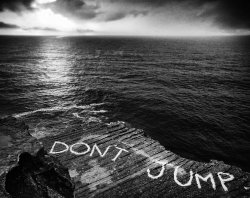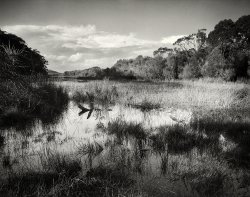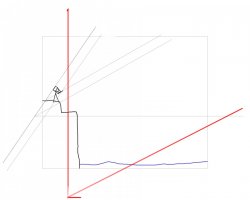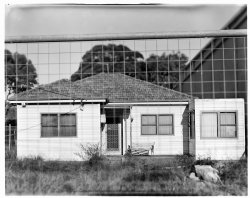- Joined
- Mar 18, 2017
- Messages
- 88
Hi all came across this scene at my local rock ledge famous for certain moments in life ... ;-)
I like the image as it is.... BUT.... I did try to get front to back focus and struggled "presumedly" because I was prob 50m high?
In forums, I read to tilt FS forward then focus my question is should I of tilted FS back so the rock 50m high would be sharp and the clouds with a good small APP... or have I not got this totally wrong? again ;_)
many thanks
I like the image as it is.... BUT.... I did try to get front to back focus and struggled "presumedly" because I was prob 50m high?
In forums, I read to tilt FS forward then focus my question is should I of tilted FS back so the rock 50m high would be sharp and the clouds with a good small APP... or have I not got this totally wrong? again ;_)
many thanks






